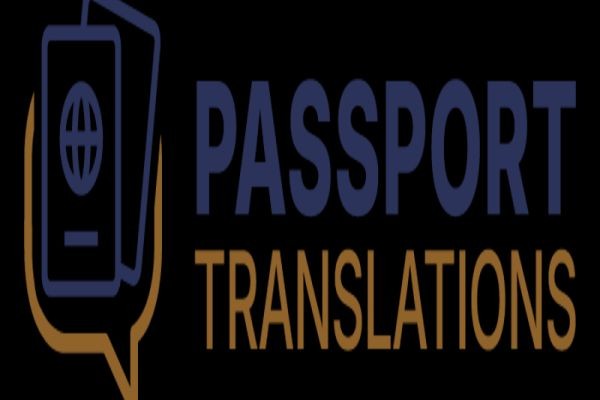Making arrangements for visa applications, residency, or citizenship in Australia requires ensuring that your documents are accurately translated. Translation for a passport is among the most significant requirements, and any errors in the translation of the passport or a translation that is not certified could lead to delays or even rejection. For this, it is essential to appoint a certified australian passport translator for the smooth legal acceptance. The translation service selected really matters, whether you are submitting documents to the Department of Home Affairs, the court, or other government departments.
Why Certification Matters for Passport Translations in Australia
For any official document that is not originally in English, Australian authorities require translations certified by NAATI. NAATI (National Accreditation Authority for Translators and Interpreters) is the national authority of Australia for the certification of professionals who practice in the fields of translation and interpreting.
For your passport translations, a NAATI-certified translator will:
- Translate all personal details, stamps, and notations
- Provide an official certification statement with the NAATI number
- Ensure a format that resembles that of the original document
- Guarantee acceptance by Australian legal and immigration authorities
If any of these are missing, the translation could be rejected, causing you hefty delays, or the entire application could be thrown back for resubmission.
When Translation of a Passport Is Required
There are several instances where one may need a certified translated copy of an Australian passport, including:
- Visa applications (student, partner, skilled work, etc.)
- Permanent residency or citizenship applications
- Proof of identity for legal/financial matters
- Court proceedings or legal name changes
- University enrolment or professional licensing
Even if you are submitting other documents (birth certificates, academic transcripts, etc.), the passport is usually the primary identity document. If it is not in English, a certified translation becomes a legal requirement.
What Kind of Australian Passport Translator Is Needed?
Not all translators have the same level of skill and certification. Your passport is an extremely sensitive and crucial document, so you want a translator who is:
- NAATI-certified: This is a must for Australian legal and immigration use.
- Experienced in translating passports: Not all translators can correctly format and translate world passports, especially those with handwritten notes, foreign characters, or many languages.
- Responsive and professional: They always stick to deadlines, ensure safe communication, and are error-free in their work.
The right Australian passport translator will also uphold confidentiality and data security, especially since passport documents contain personal and legal details.
What Are the Components of a Passport Translation With Certification?
A correctly completed passport translation will contain:
- All visible text in English
- Certification statement from the translator
- NAATI number and stamp proving the credentials of the translator
- The exact format as the original document, including lines, boxes, and visual layout.
This certification allows immigration or legal officers to quickly verify the authenticity and completeness of the translation without further clarification.
Risks Involved with Using Uncertified Translation Services
Wanting to save a buck by using non-certified translators, online tools, or self-translations could lead to:
- Visa applications are being delayed or denied.
- Being asked to resubmit documents still complies with certification requirements.
- Deadlines and, therefore, opportunities will be missed.
- Legal implications for documents presented in court.
Australian officials are trained to identify counterfeit official documents easily. Anything falling short of their high requirements will be easily rejected.
Investing in a certified translation will save time, reduce stress, and protect against undue risks to your application.
How to Professionally Get the Translation of Your Passport
If you need a passport translated for use in Australia, here is how the process goes:
- Find a NAATI-certified translator or agency: Always check their certification status on the NAATI website.
- Clear scan or photograph of passport pages: Ensure legibility for all text, including handwritten notes and stamps.
- Submit your request: The email should include information such as the deadline, purpose of use (e.g., visa, court), and whether a digital or printed copy is required.
- Your certified translations will be returned: The translator will send a PDF or hard copy with the proper NAATI stamp and declaration.
Most certified translators will deliver digital copies within 24-48 hours, depending on the urgency. Express options may also exist.
Conclusion
Timeliness and correctness are equal during visa arrangements, citizenship acquisition, and court affairs in Australia. The last thing you want for your application is an incorrect or unaccredited passport translation. Employing a NAATI-certified Australian passport translator ensures the acceptance of your documents at the first attempt, freeing you from the trouble of headaches caused by delays or resubmissions or financial losses. Trusting professional australian passport translation services, they fast and surely deliver legally compliant support when it is most needed.

